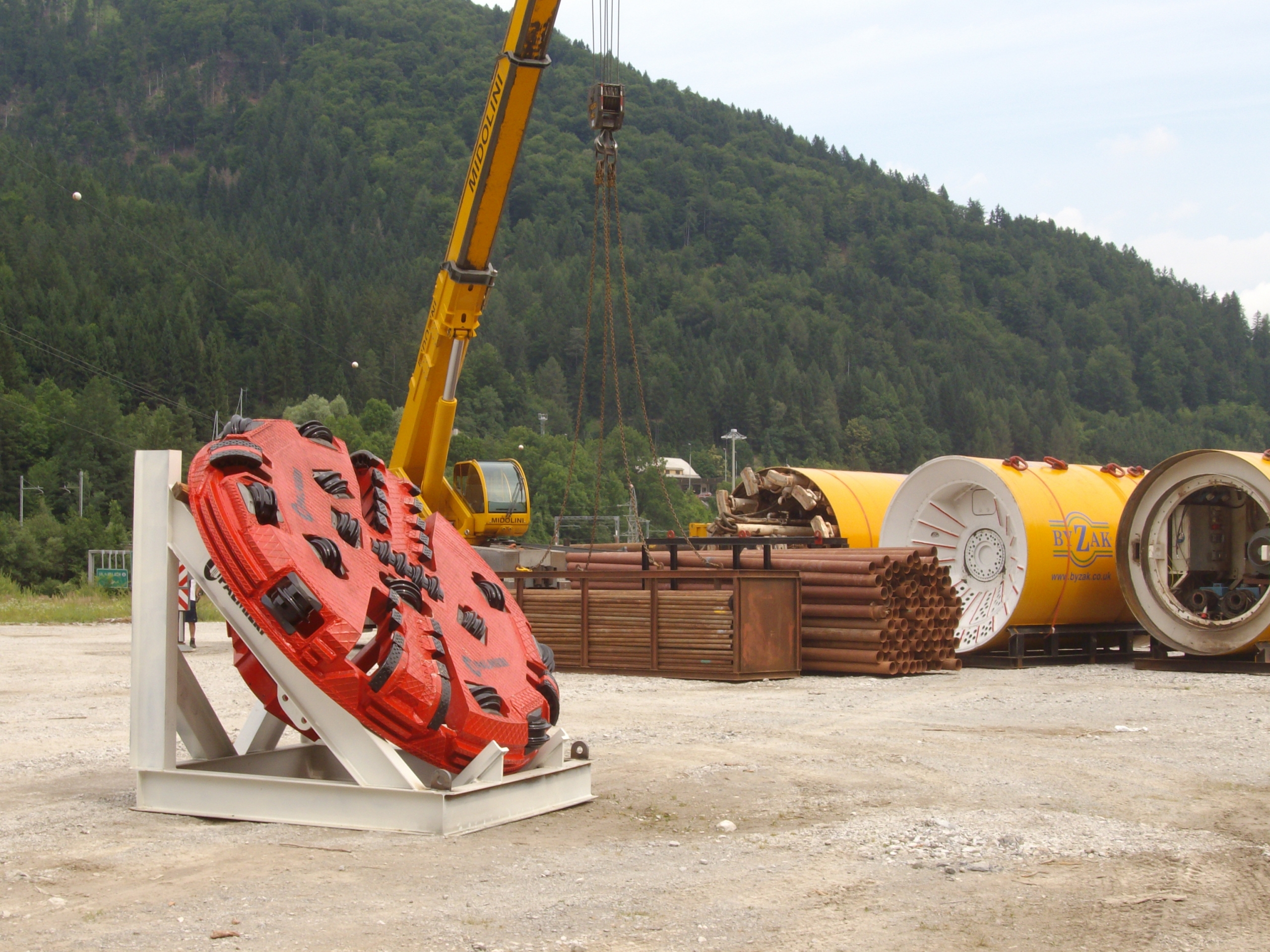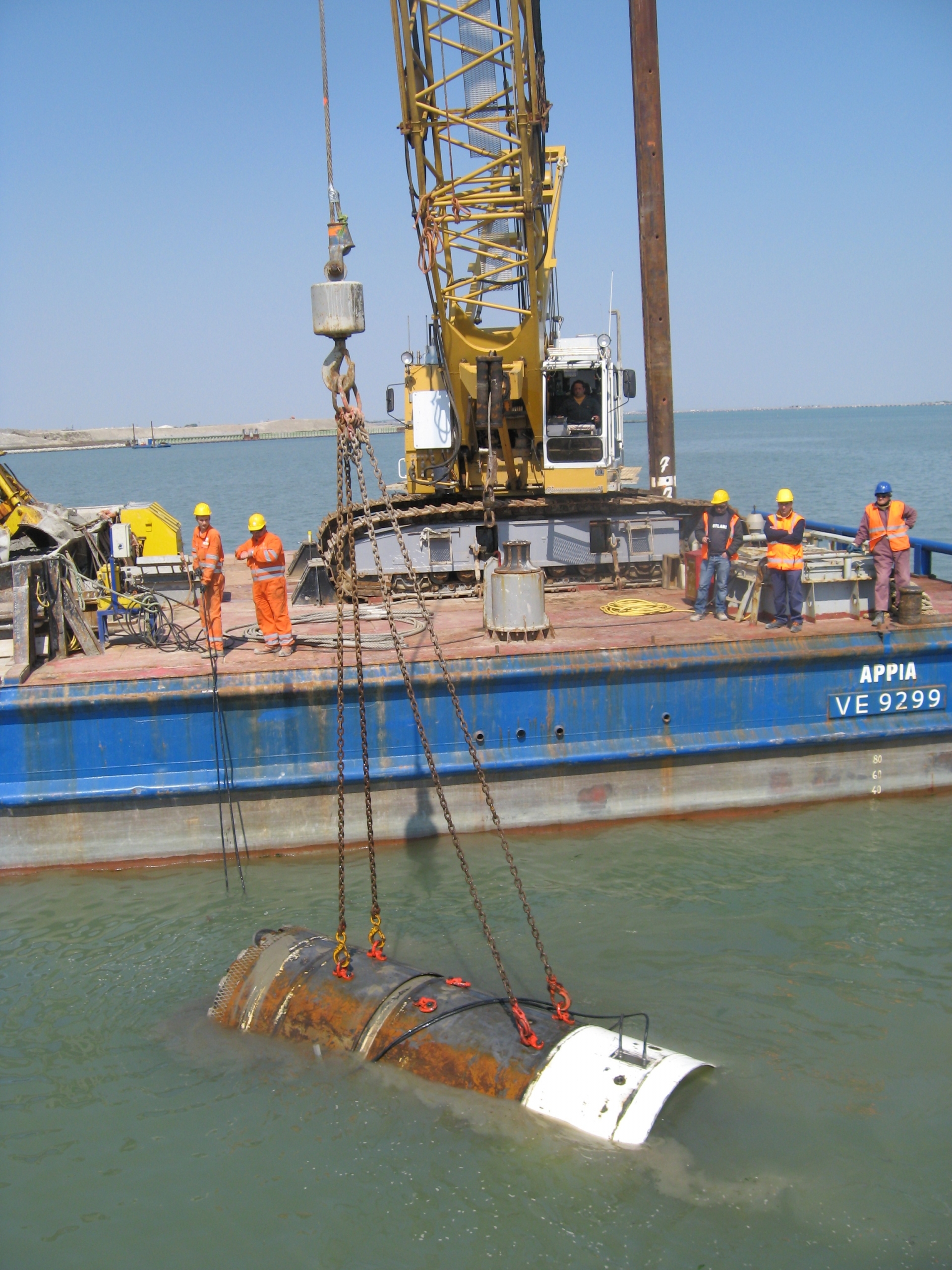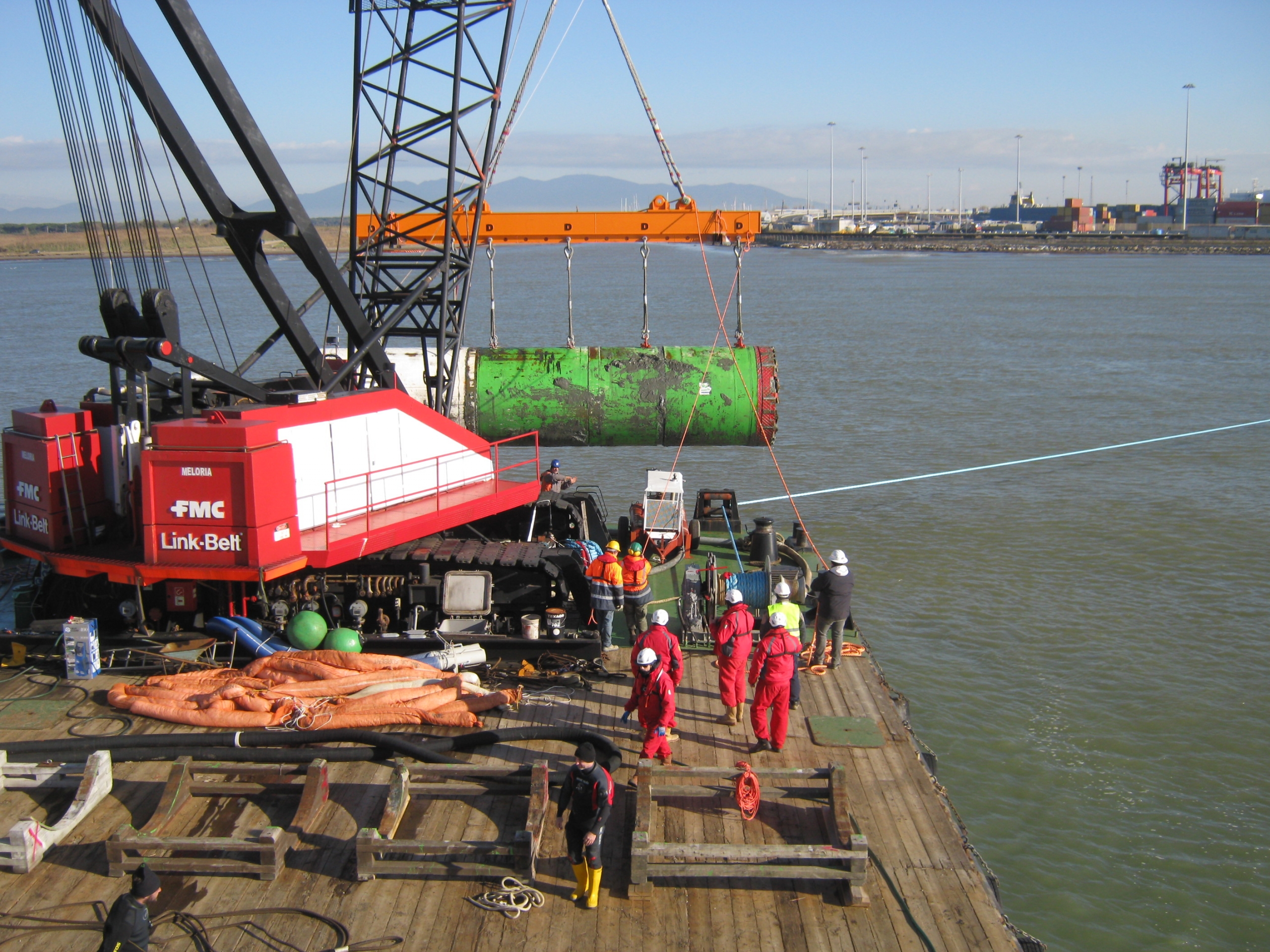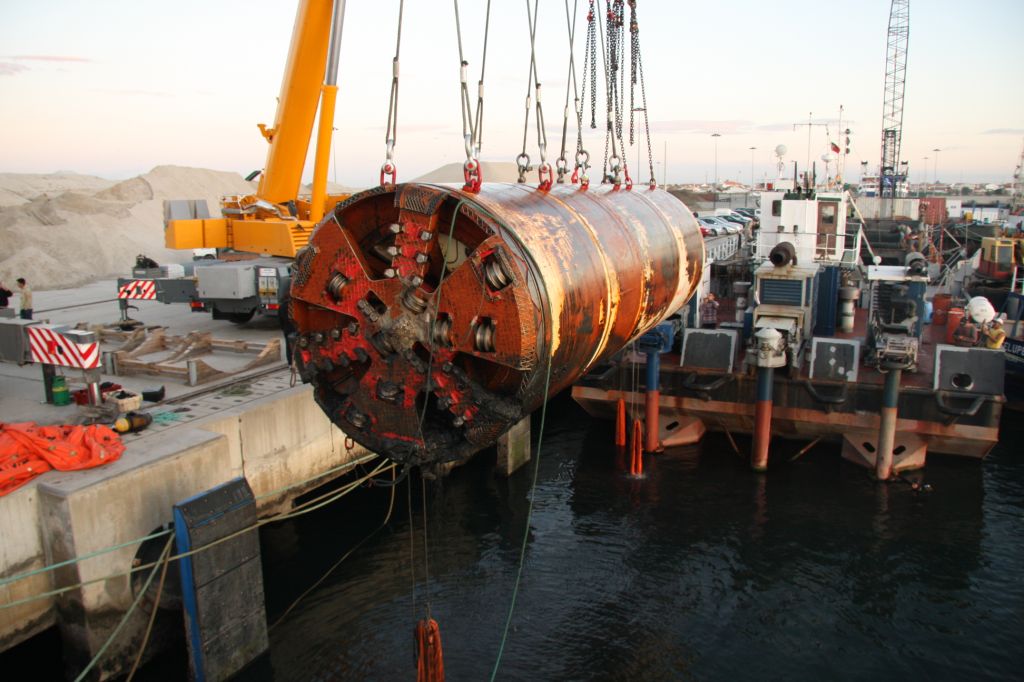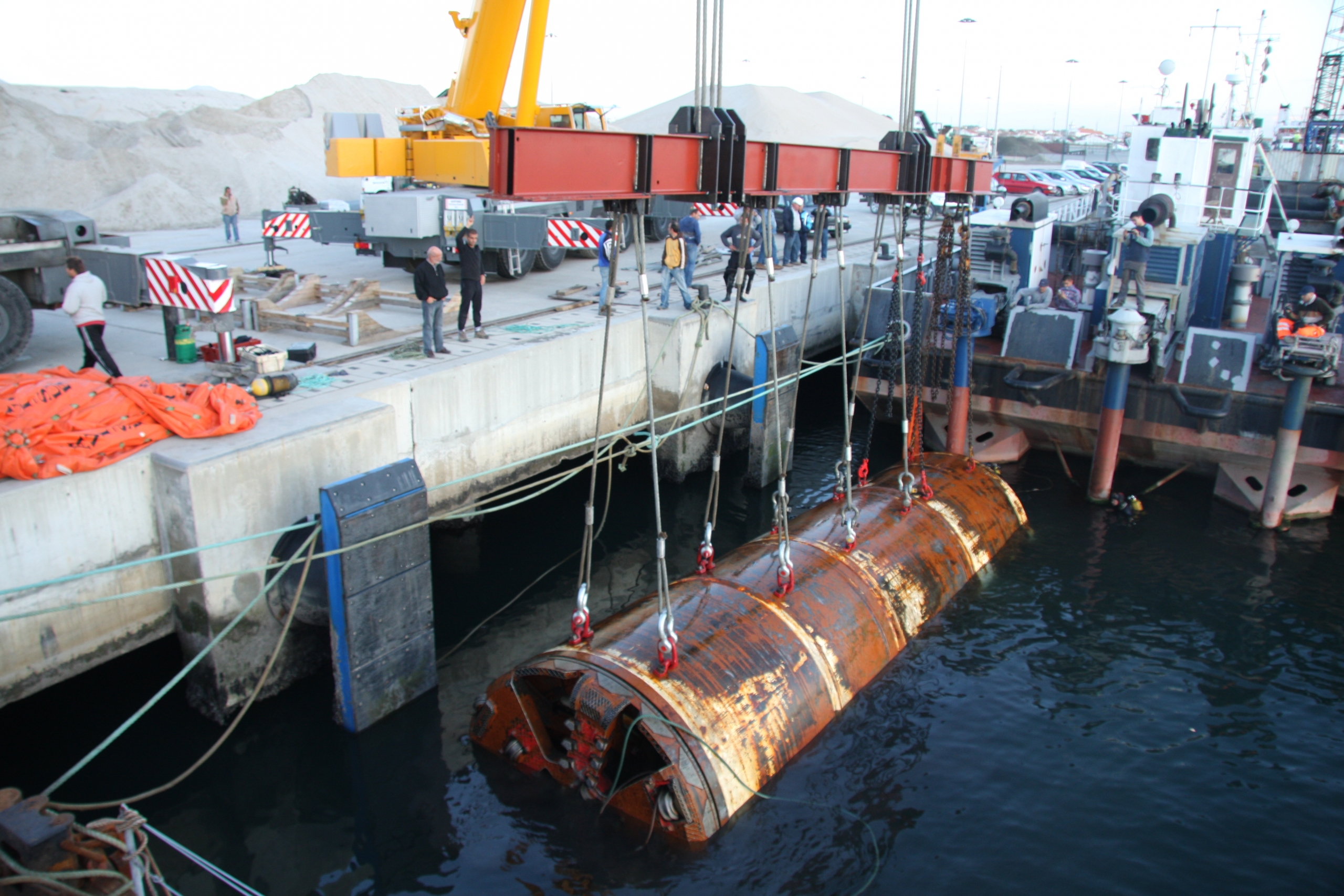The pipes are installed with the microtunnelling technique, employing various types of coatings with different diameters depending on the length and the geological conditions of the soil. After the settlement of the jobsite next to the coast, and after building the thrust shaft, the drilling is carried out into the sea up to the final point of the project. Then, the recovery of the drilling equipment follows this procedure: closing of the TBM rear through the activation of a special element called sub-sea module recovery; putting into pressure of the TBM; flooding of the tunnel; connection of the sub-sea recovery module to the hydraulic power and its activation with divers’ contribution. Finally, the TBM is recovered through a lifting on the pontoon or its towing up to the dock of the nearest port.
The pipes are installed with the microtunnelling technique, employing various types of coatings with different diameters depending on the length and the geological conditions of the soil. After the settlement of the jobsite next to the coast, and after building the thrust shaft, the drilling is carried out into the sea up to the final point of the project. Then, the recovery of the drilling equipment follows this procedure: closing of the TBM rear through the activation of a special element called sub-sea module recovery; putting into pressure of the TBM; flooding of the tunnel; connection of the sub-sea recovery module to the hydraulic power and its activation with divers’ contribution. Finally, the TBM is recovered through a lifting on the pontoon or its towing up to the dock of the nearest port.
These activities require the preliminary preparation of work procedures and drilling equipment, on the basis of a focused design developed by I.CO.P. S.p.A. on a case-by-case basis depending on design conditions and customer requirements.

